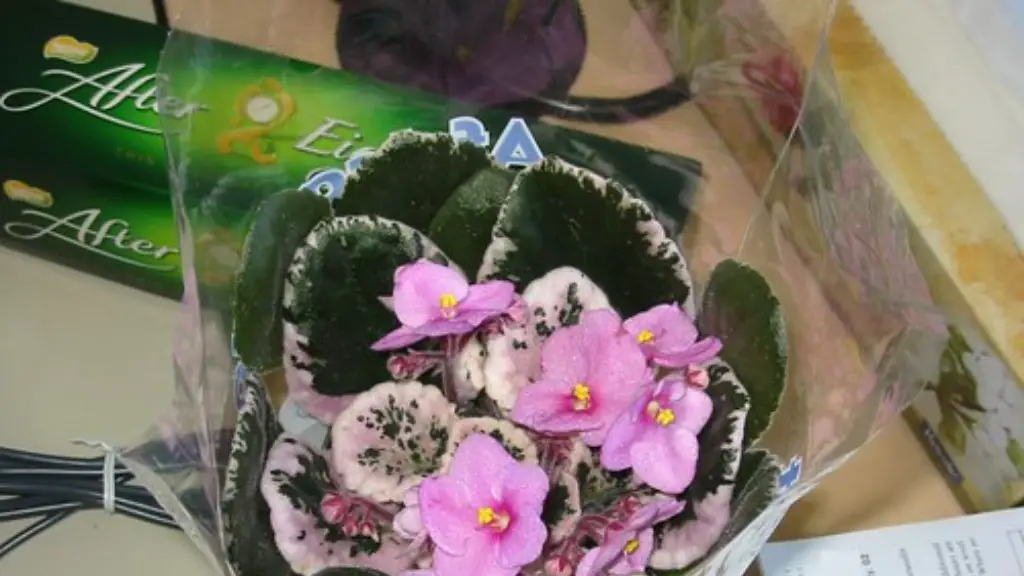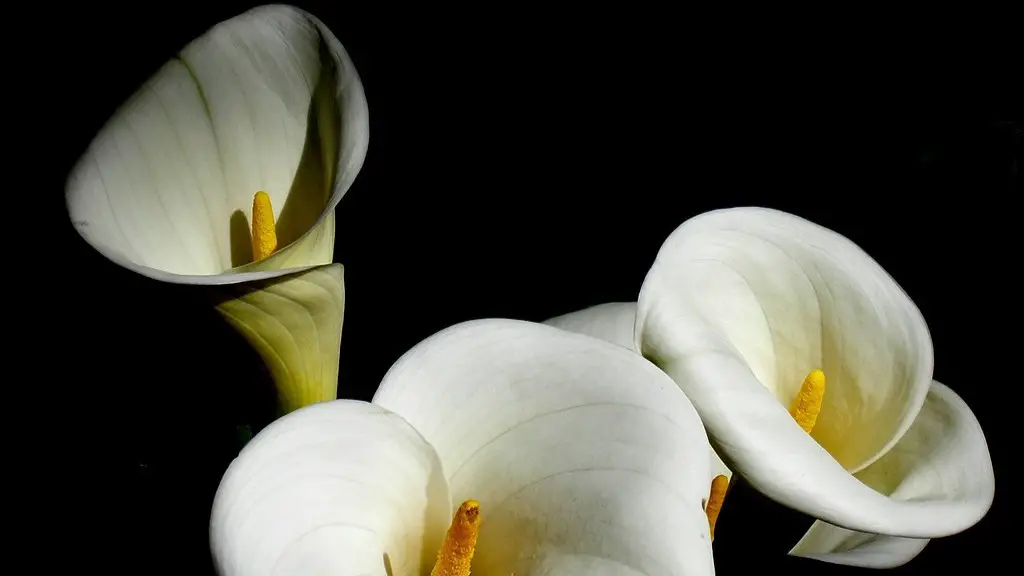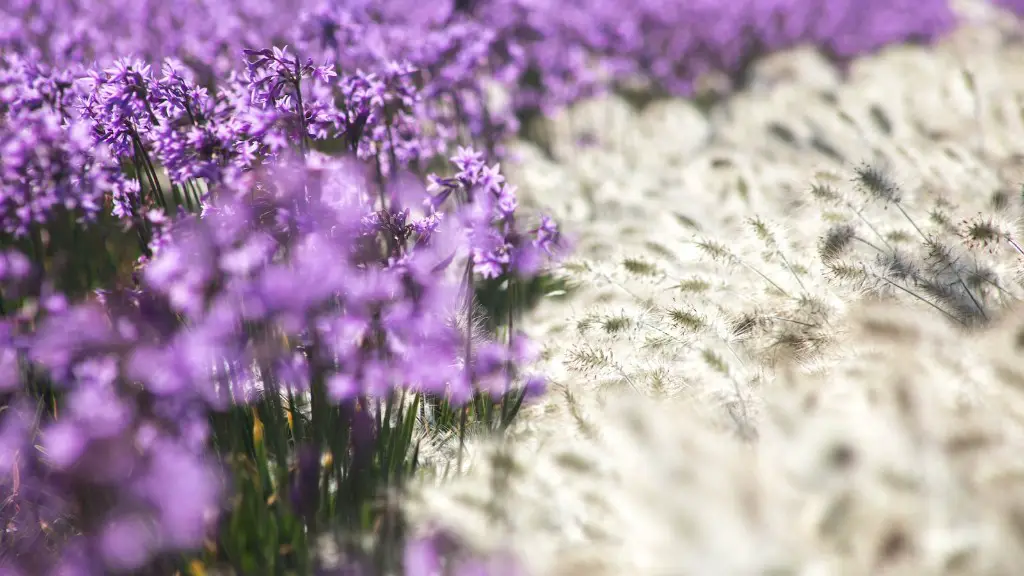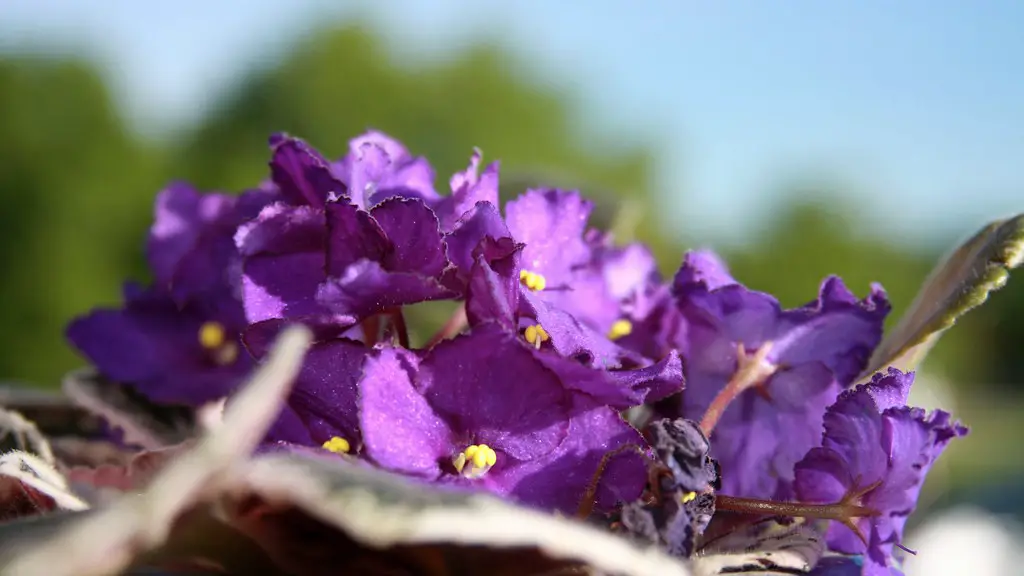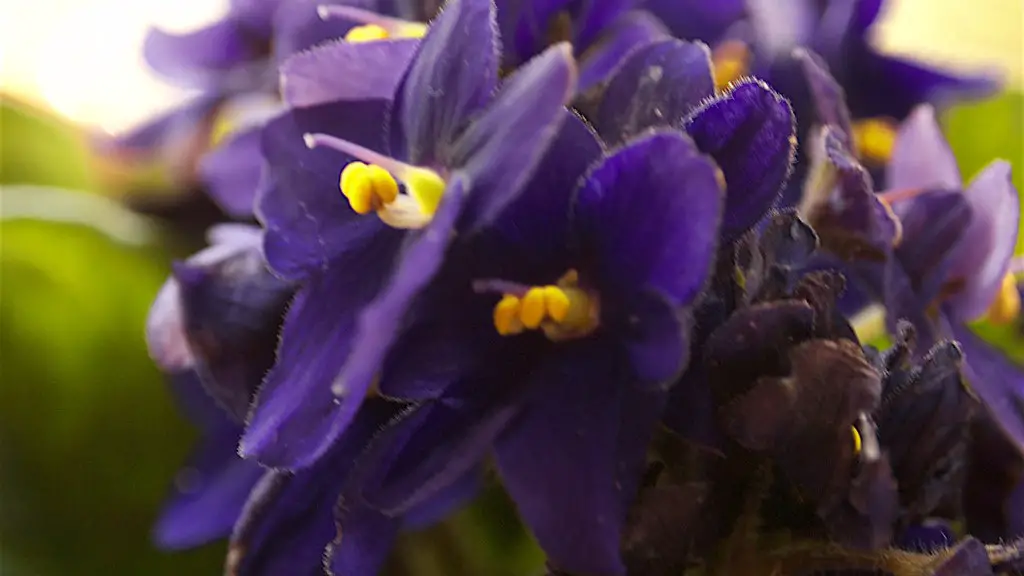If you’re wondering how big of a pot you need for your African violets, the answer depends on a few factors. The size of the pot will depend on the size of the plant, the type of potting mix you’re using, and how often you water.
There really is no definitive answer to this question as the size of pot you’ll need for your African violets will depend on the size of the plants themselves. However, a good rule of thumb is to choose a pot that is only slightly larger than the root ball of the plant. This will help to ensure that the plant doesn’t become pot-bound, which can lead to a whole host of problems.
Should I put my African violet in a bigger pot?
If you notice your African violet’s leaves wilting, it’s probably time to repot the plant into a larger pot. This will prevent the plant from becoming root-bound, which can stunt its growth.
African violets are best grown in African violet pots, which are small (4- to 5-inch) ceramic or plastic self-watering containers. These pots provide the plants with the proper amount of continuous moisture, resulting in healthier plants.
Do African violets like to be pot bound
If your African violet is starting to look like a fuzzy version of a palm tree with a bare stem and all the leaves at the top, it’s time to do some surgery. It’s important to know that African violets prefer to be root bound and usually won’t flower until they are, so don’t just do the typical move into a larger pot. Instead, you’ll need to carefully remove the plant from its current pot, trim away any dead or dying roots, and replant it in a pot that is only slightly larger than its current one. With proper care, your African violet should soon start to flourish and bloom.
Violets are shallow rooted plants and don’t need large pots. To decide what size pot a violet should be growing in, measure the diameter of the plant and divide that measurement by 3.
Do African violets need shallow pots?
African violets need shallow, breathable pots in order to thrive. Their roots don’t go very deep, so a deep pot is not necessary. It’s important to have drainage holes in the pot so that you can water from underneath.
If you want your violets to keep blooming, it’s important to repot them every 2-3 months if they’re in a pot smaller than 3″, and every 6-12 months if they’re in a pot 4″ or larger. Avoid disturbing the roots when repotting, as this can cause the plant to stop flowering.
Can African violets get too big?
If you have an African Violet that isn’t flowering very well, it could be because the pot is too large. The plant will focus more on growing roots to fill the pot, rather than flowering. Try replanting in a smaller pot size and you should see an improvement in flowering.
Plastic pots are often used for plants because they are long-lasting and help to keep the soil from drying out too quickly. They come in a variety of sizes, so you can find one that is the perfect size for your African violet, regardless of its type (miniature, semi-miniature, standard, or large).
Where is the best place to put an African violet
African violets need bright, indirect light to thrive. A site near an east or north window is often a good location for them. If a suitable window isn’t available, African violets can be placed under a fluorescent light fixture containing two 40-watt fluorescent tubes.
African violets do best with lukewarm or warm water, and can be watered from the top or bottom. Just be careful not to splash water on the leaves when the plant is in the sun, as this can cause leaf spots.
What kills African violets?
If you’re looking to selectively kill wild violets without damaging the grass, you can use a broadleaf killer that contains 2,4-D or Dicamba. Another great option is Drive (quinclorac).
African violets are known to be long-lived flowers, with some specimens known to last for 50 years or more. The key to keeping them alive for so long is to avoid overwatering, chilling, and direct sunlight, which can all lead to shorten their lifespan.
Can you plant multiple African violets in one pot
Although you can grow more than one African violet in a single pot, the African Violet Society of America doesn’t recommend crowding for a variety of reasons. African violets need room to grow and develop properly, and crowding can cause a variety of problems including stunted growth, misshapen leaves, and even death. In addition, crowded African violets are more susceptible to pests and diseases, which can quickly spread and kill your plants. So, although you can grow more than one African violet in a single pot, it’s best to give each plant its own space to thrive.
A wicking system is a great way to make sure your African violets are never over watered. The system works by wicked water up from a reservoir below the plant to the roots of the plant. The water is then wicked back down into the reservoir, where it is used again. This system only waters the plant once a week and allows the plant to completely dry between waterings.
Is it better to root African violets in water or soil?
African violet leaf propagation in water is a great way to start your plants. The leaves will take longer to start roots, but if you compare a 6-month old baby started in water to a 6-month old baby started in soil, you will see that the one started in water is a larger, healthier plant.
African violets prefer a slightly acidic environment, with a pH of between 58 and 65. In conventional soil, your plant may not be able to efficiently absorb nutrients. Peat moss is often used to lower the pH in African violet potting soil.
Warp Up
The size of the pot for African violets will depend on the size of the plant.
The best pot for African violets is a 4-inch pot. This size pot provides enough room for the roots to grow, and the plant to produce leaves and flowers.
